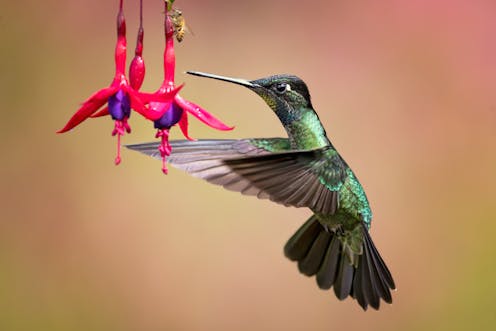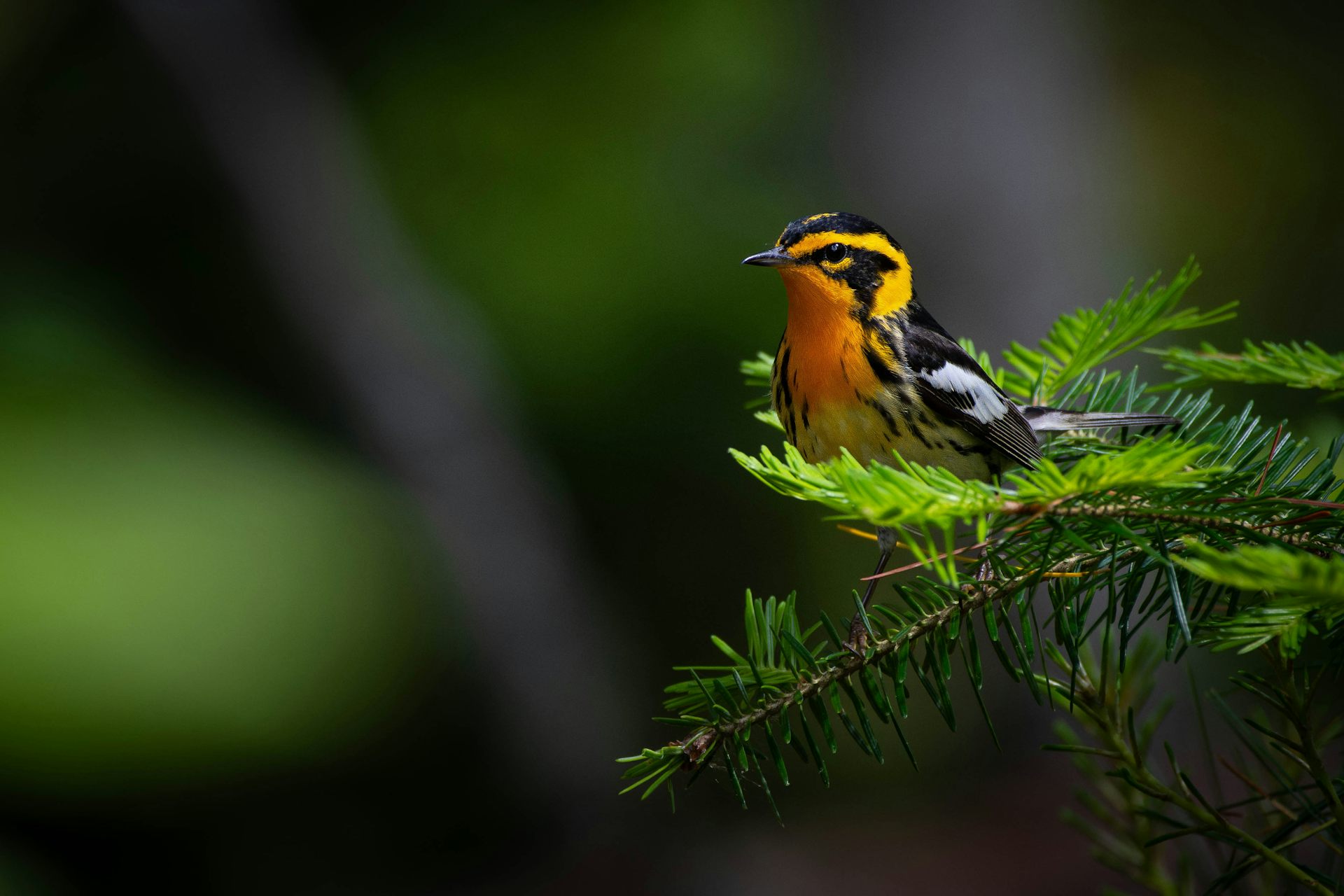Not all genes are necessary for survival – these species dropped extra genetic baggage
How many genes do you really need? Are there any that we can lose? Researchers are now identifying species that have streamlined their genome to adapt to a particular lifestyle.

Humans, the latest tally suggests, have approximately 21,000 genes in our genome, the set of genetic information in an organism. But do we really need every gene we have? What if we lost three or four? What if we lost 3,000 or 4,000? Could we still function? Humans have variation in their genomes, but the overall size does not vary dramatically among individuals, with the exception of certain genetic disorders like Down’s syndrome, which is caused by an extra copy of chromosome 21 and all the genes that it carries.
Each gene in a genome provides the code for a protein which affects our lives, from the growth of our hair to allowing us to digest certain foods. Most of the genes found in the human genome are probably safe for now, but there are some organisms which, over time, have cut down their genome to live in various habitats.
Scientists previously thought that every gene in an organism’s genome was essential for survival because humans have little variation in our genome sizes from person to person. However, studies using animals with smaller, streamlined genomes have proven this untrue.
What does it take to streamline a genome? Does the organism just cut genes over time and hope for the best, or are there a series of processes that compensate for the loss of these genes? If researchers can understand how some of these small genomes work so efficiently, we can better understand how human genomes function as well. We, Amey Redkar, Alison Gerken and Jessica Velez, are a team of biologists with diverse backgrounds, all associated with the Genetics Society of America. We are interested in understanding how diverse genetic processes work in a variety of organisms and strive to communicate these exciting facts about genetics to a broad audience.
Genome structural rearrangement through evolutionary processes
Genomes can change in a variety of ways. Changes can be slight, involving just a single DNA building block, or large-scale, such as the duplication or loss of a large chunk of DNA. It is even possible to lose entire gene pathways – groups of genes acting together. Large losses in DNA over time are known as genome streamlining.
Every organism is adapted to their environment, and some have achieved this through the process of genome streamlining. During this process the genome is rearranged as the species adapt to their environment. Genome streamlining enables organisms to thrive in challenging environments, such as low-nutrient ocean sites, or adapt to unique evolutionary challenges, such as those posed by flight.
Researchers explore these adaptations by studying the streamlined genomes of specific species, known as “model species,” to uncover what genetic material is excessive and if there is an optimum number of genes needed for an organism to survive.
Birds and plants undergo genome streamlining

A striking example of genome streamlining is seen in hummingbirds, in which the main drivers of genome size adaptations are thought to be flight and metabolic demands. These birds developed the ability to fly as well as a high-energy lifestyle, which are both reflected in their genetic code. Hummingbirds possess the smallest and least variable genome within bird species at around 900,000,000 units of DNA. The genes that encode proteins are, on average, between 27% and 50% shorter than those in mammalian genomes. These adaptations arose through the process of genome streamlining. DNA and genes which did not actively contribute to hummingbirds living at higher altitudes and having an extremely active, high-energy lifestyle were lost through adaptive mutations.
Fast-moving birds are only one of the more energetically complex species which have undergone genome streamlining. In the plant kingdom, the tiny, rootless aquatic bladderwort plant, Utricularia gibba, captures insect prey in miniature traps using vacuum suction. This plant is adapted to a predatory lifestyle through evolutionary selection of genes that allow the bladderwort to break down complex molecules using special enzymes and retain the plant’s structural integrity in water environments. Redundant, less important and unnecessary genes were lost.
Extreme streamlining: The smallest genome
The previous examples of reduced genome sizes raise a fundamental question: Just how streamlined can a genome be? As the genome of a species shrinks, scientists can explore how many genes a species can lose before an organism can no longer survive.
One such organism used in these studies, Prochlorococcus marinus, is a single-celled cyanobacterium living in the open ocean. At 1,800,000 units of DNA, P. marinus is known for having the smallest genome of any known photosynthetic organism.
These cyanobacteria can no longer create many essential molecules needed for survival. They have lost entire gene pathways used for the creation of amino acids, which are necessary to build proteins. As a result, P. marinus is no longer able to survive in its natural environment without the assistance of symbiotic or beneficial species which provide the amino acids P. marinus needs. In a laboratory, researchers cannot grow P. marinus without the presence of these helper species, or by directly adding the necessary amino acids P. marinus needs.
Reliance upon another species
Similar symbiotic relationships exist inside of insects. Some species of the bacterial pathogen Nardonella have undergone genome streamlining to a genome size as small as 230,000 units of DNA, shedding all genes except those necessary for DNA synthesis and the gene pathway for manufacturing tyrosine, an amino acid for building proteins.
These bacteria derive almost all of their metabolic requirements from the weevil in which they live. The bacteria, in turn, provide the final building block for the pathway in order for the weevil to generate the amino acid tyrosine that builds a darker, harder exoskeleton for the weevil which protects the insect from predators and from drying out. As a result, Nardonella both relies on and provides a benefit to the host weevil in exchange for this reliance.
Like humans, these species all have structured genetic information, but studies in these animals, plants, and bacteria have revealed that not every gene was essential to survive in their environments. As researchers continue to explore genome streamlining, we move closer to understanding how genetic adaptations arise, how the loss of genetic information affects the genomes of species, and just how few genes a species must have in order to survive in unique, challenging environments.
Jessica M. Velez is affiliated with the Genetics Society of America as a co-chair of the Early Career Scientist Leadership Program's Communication and Outreach Subcommittee. Jessica M. Velez is also a PhD candidate in the Bredesen Center for Interdisciplinary Studies at the University of Tennessee, Knoxville.
Alison Gerken is affiliated with the Genetics Society of America as a past member of the Communication and Outreach Subcommittee of the Early Career Scientist Leadership Program. She is a graduate of Kansas State University and a current postdoctoral researcher at the USDA ARS in Manhattan, KS. The findings and conclusions in this article are those of the author(s) and should not be construed to represent any official USDA or U.S Government determination or policy.
Amey Redkar is affiliated with the Genetics Society of America and participates in Early Career Scientist Leadership Program's Communication and Outreach Subcommittee. He is also a Postdoctoral Scientist at the Universidad de Cordoba, Spain.
Read These Next
Data centers need electricity fast, but utilities need years to build power plants – who should pay?
How many data centers will be built – and how much electricity they’ll need – is uncertain. Being…
How a niche Catholic approach to infertility treatment became a new talking point for MAHA conservat
Mainstream medical organizations have criticized ‘restorative reproductive medicine,’ but some Catholics…
Sharks and rays get a major win with new international trade limits for 70+ species
Sharks have had a tough time since the 1970s, when overfishing, habitat loss and a growing trade in…






